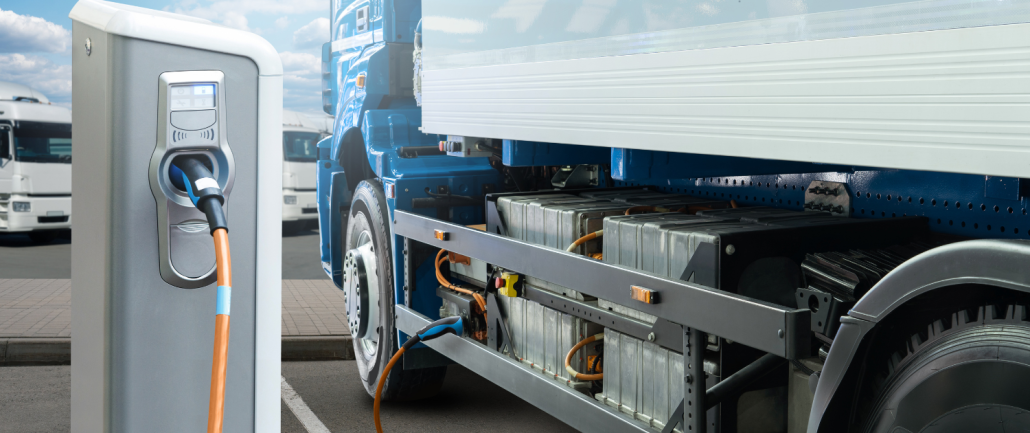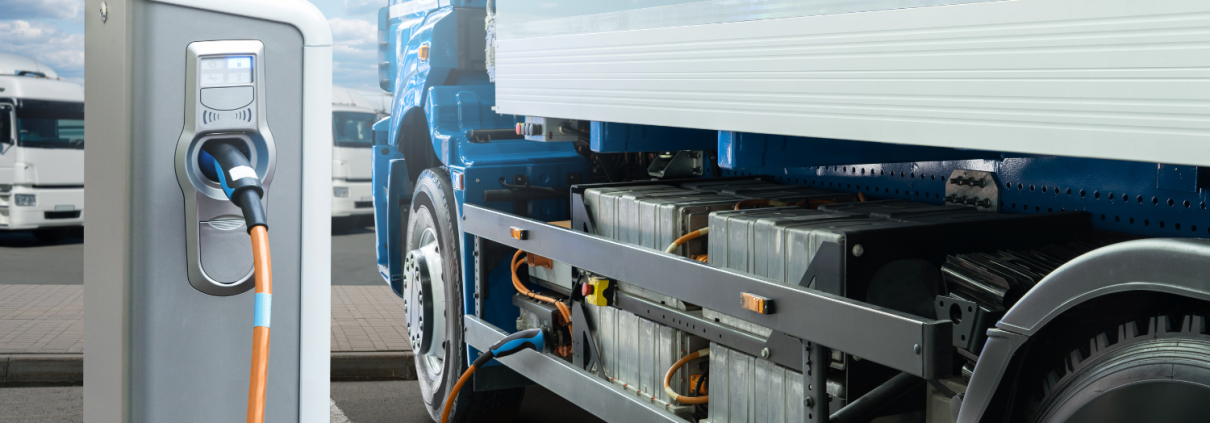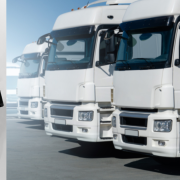
There’s no denying that the commercial transportation industry is critical to maintaining the infrastructure of our nation, and the world, as we know it.
There’s also no denying that the transportation industry has a significant impact on global greenhouse gas emissions, air pollution, and fossil fuel consumption. In fact, in the United States alone, where delivery trucks and trailers only compose around 4% of total vehicles, they generate nearly half of nitrogen oxide emissions and close to 60% of fine vehicle particulates.
However, this pattern doesn’t have to continue. Many of the biggest names in the industry have already taken steps towards a more sustainable future by beginning the transition to electric vehicles and alternative fuel sources, incorporating technology to help fuel efficiency, and implementing regulations to leave a carbon-neutral footprint.
Are you wondering how your company could contribute to the growth of sustainability in the commercial transportation industry? Have you been weighing the pros and cons of electric vehicles and alternative fuel sources? Keep reading to find out what you should know about sustainable transportation and how it could save your company time and money down the road.
What Does Sustainable Transportation Mean?
Sustainable transportation is an umbrella term for all the strategies and technologies that exist to minimize the environmental impact of the commercial transportation industry. When it comes to trucking, this involves using alternative fuels and electric vehicles, improving fuel efficiency and vehicle technology, and implementing policies and regulations that support sustainable transportation.
For years, trucking companies nationwide have been adopting sustainable transportation solutions, a trend that is sure to continue growing. Since 2005, FedEx has taken various measures to improve its fuel efficiency through design changes and new technology, while Amazon recently made the largest order ever of electric vehicles by adding 100,000 custom electric delivery vehicles to its fleet.
Carriers looking to take the first steps towards a sustainable future should consider integrating new technology such as smart logistics, Internet of Things (IoT) solutions, and other fleet management software to reduce environmental impact while saving money by streamlining operations.
These technologies enable trucking companies to collect and analyze real-time data on vehicle performance, fuel usage, and route efficiency to make more informed decisions, cutting down on unnecessary miles to save time and fuel. Besides contributing to the rise of sustainable transportation, carriers that use smart logistics systems can optimize routes and loads, reduce idle times, and improve overall fleet management.
Pros vs. Cons of Electric Vehicles
As probably the most well-known and often debated solution to sustainable transportation, electric vehicles (EVs) have seen a steady rise in popularity and technological advancement since the first introduction to mass-produced electric and hybrid vehicles in the 1990’s.
Since then, transportation and logistics companies across the nation have embraced EVs as an option to avoid rising fuel costs, meet increasing state and national environmental regulations, and reduce environmental impact. EVs are also often touted as a safer option, as they are usually equipped with the most up-to-date safety features such as emergency braking, forward collision warning, automatic lane-keeping and enhanced traction control systems.
Although studies have shown that an average electric vehicle owner can save up to $1,000 each year on fuel costs, not to mention the potential government tax incentives and breaks, there are still many factors that carriers must consider before investing in EVs for their fleet.
Upfront costs for purchasing EVs and installing the proper charging infrastructure are often an initial concern for carriers, especially since the proven lower operational and maintenance costs of EVs will likely not offset this cost in the short term.
The current limitations to charging infrastructure nationwide also make it difficult to rely on EVs, especially in an industry like trucking. Although charging stations continue to be installed across the country, there are still many regions where it just isn’t practical yet to solely rely on EVs without a constant need to return to base to charge. Charging time is also important to consider, with larger vehicles taking up to 10 hours to reach a full charge.
Environmental Regulations Affecting Transportation
The growing demand for sustainable transportation is also influenced by rising state and national regulations that aim to meet climate goals. While these regulations might not be taking effect in most states yet, the long-term implications for the transportation industry and increasing likelihood of environmental legislation means that carriers can save time, money, and stress by beginning the transition early.
The 2021 Federal Net-Zero Emissions Goal laid out a path to reduce US greenhouse gas emissions and achieve a net-zero emissions economy by 2050 that is sure to have a significant impact on the transportation industry.
2023’s National Blueprint for Transportation Decarbonization also aims to cut greenhouse gas emissions in both passenger and freight transportation by improving vehicle efficiency and continuing the transition to zero-emission vehicles.
Statewide policies are sure to begin having an impact on transportation nationwide too, such as California’s 2023 Advanced Clean Fleets rule, which plans on transitioning all commercial trucks and vans to zero-emission vehicles by 2045. Six states have already pledged to join California, including New York, New Jersey, Oregon, Massachusetts, Washington and Vermont. It’s also important to note that even carriers from outside these states that have routes going through California will need to adapt to the state’s regulations.
If you’re interested in more updates and trends in the trucking industry, be sure to follow us on social media or check out the rest of our Employer Blog posts.







